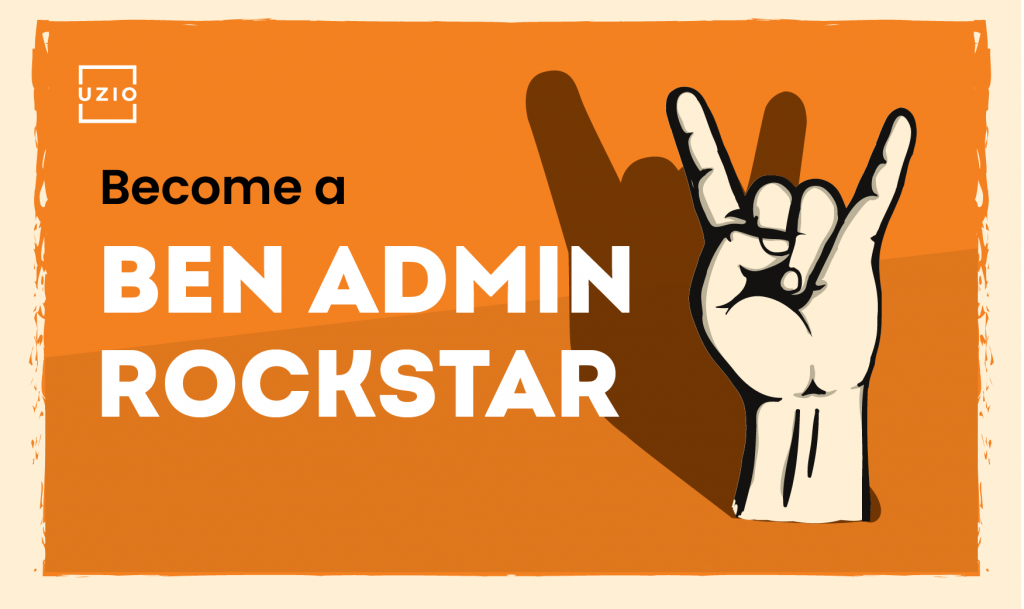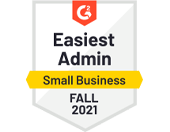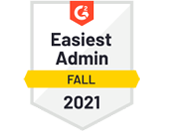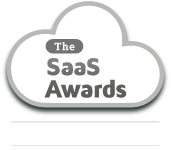Look at some of the champions of any industry – entertainment (George Clooney), sports (Lionel Messi), or technology (Elon Musk). You probably have one of two perspectives:
- a.) They were born lucky, or
- b.) They’re freaking talented!
Of course, this is true to an extent—they’re undoubtedly talented and lucky, but what if they somewhat told you that their success was actually due to the strategic choices they made? You probably wouldn’t believe them. It’s obvious that there’s more at play here than just luck, talent, or strategy.
The actual key to their success is a combination of things: talent, smart strategies, and a winning mindset! This is what enabled them to become rockstars in their respective industries. Now, let’s forget them for a second, and talk about YOU instead!
Truth be told, there’s no such thing as a naturally-born benefits administrator. Great benefits administrators definitely make it look easy, but their superior performance wasn’t just handed to them at birth. It’s a result of all the work they’ve put in, the time they’ve taken to sharpen their skills, and their dedication to improving the employee experience.
We know you chose this field because you:
- Care about the employee experience.
- Understand the transformative impact of benefits in employees’ lives.
Curious how to reach your peak performance in the benefits administration space? Keep reading to find out!
Why employees don’t always use benefits effectively.
Health care costs are constantly increasing, and benefits strategies continue to get more complex every year. These increasing complexities result in many employees who don’t use their benefits effectively. This is highly unfortunate because around 60% of people report benefits and perks being among their top considerations before accepting a job (according to a 2016 Glassdoor survey). However, since truly utilizing their benefits will require investing a lot of time into understanding them, most employees simply don’t bother. This results in higher health care costs for both the employees and the employers.
Of course, not understanding their benefits isn’t the only reason employees underutilize them. A couple of other potential deterrents include:
- An overstrained HR department.
- Higher personal costs as a result of cost-sharing.
- Hard-to-use benefits.
The complications and roadblocks present in the current benefits environment give you the perfect opportunity to establish yourself as a benefits administration rock star. True, you may have limited resources and find yourself at odds with intricate benefits strategies, but now is the perfect time for you to focus on delivering a delightful employee experience! So, the question is: do you want to be a good benefits administrator or a champion?
If you chose to be a champion, read on!
1. Brand Your Benefits Well
The first thing you’ll want to do is accurately gauge your employees’ perception of the benefits program you currently offer. An easy way to do this is by sending out an email survey, but you can also host a live discussion or offer lunchtime focus groups as well.
After you’ve gathered some feedback, it’s time to add a layer of branding to your benefits programs. Crafting a clear, unique, and concise mission statement will help communicate the value of the program to employees, motivating them to self-enroll. Branding your benefits programs also helps strengthen the bond between HR and the employees, building trust while making benefits easy to understand for potential enrollees.
Successfully branding your benefits isn’t something that you do once and then you’re done. You need to keep evaluating and refining your benefits strategy as time goes on. Make sure to keep gathering employee experiences and feedback about your benefits program to increase the overall value you can deliver. Continuing your branding efforts on a regular basis is sure to result in a benefits program that your employees will love (and more importantly, actually use!).
2. Lean on Automation
Automation has been available in benefits administration for years now, but many employers still operate using paper forms, inefficient spreadsheets, and manual data entry. No good! The reality is the downfalls of manual paperwork far outweigh the cost of an automated solution. Automation reduces your total paper cost, the number of errors present, and ensures you keep compliant with the ever-changing regulations.
An automated solution creates value for employers by guiding employees through the decision-making process. According to CFO.com, it costs only around $22 when an employee self-enrolls in benefits online. If the HR team manually enrolls an employee, the cost (per employee) jumps up to a whopping $110!
Switching over to an automated process will also help your business go paperless, as the HR team won’t need to deal with physical copies of forms. Unlike manually filing paperwork (where illegible handwriting may require multiple clarifications from employees), a digital approach empowers employees to self-manage their own benefits, resulting in 15% more available time for the HR department!
Another benefit of automation is the elimination of duplicate data entry. In a paper-based approach, the same information will often need to be written down over and over again on multiple forms. This is highly annoying, wasting time that could be better spent elsewhere, and can definitely act as a deterrent for people interested in enrolling in your benefits program. Fortunately, this isn’t a problem if you use an automated solution like UZIO, which integrates HR benefits and payroll onto the same platform!
Misplacing paperwork and compliance issues can be a big problem when it comes to benefits administration. Fortunately, a secure digital platform will manage and organize all of your documents for you, eliminating the risk of misplaced (or worse, stolen!) paperwork. A proper automation system will also ensure you remain compliant, avoiding large penalties resulting from even the smallest of mistakes in your paperwork.
When it comes to HR benefits automation software, you’ll have plenty of choices, so it’s important to choose the right platform for your business. When considering your options, be sure to keep in mind your specific business requirements, budget, and technical expertise.















